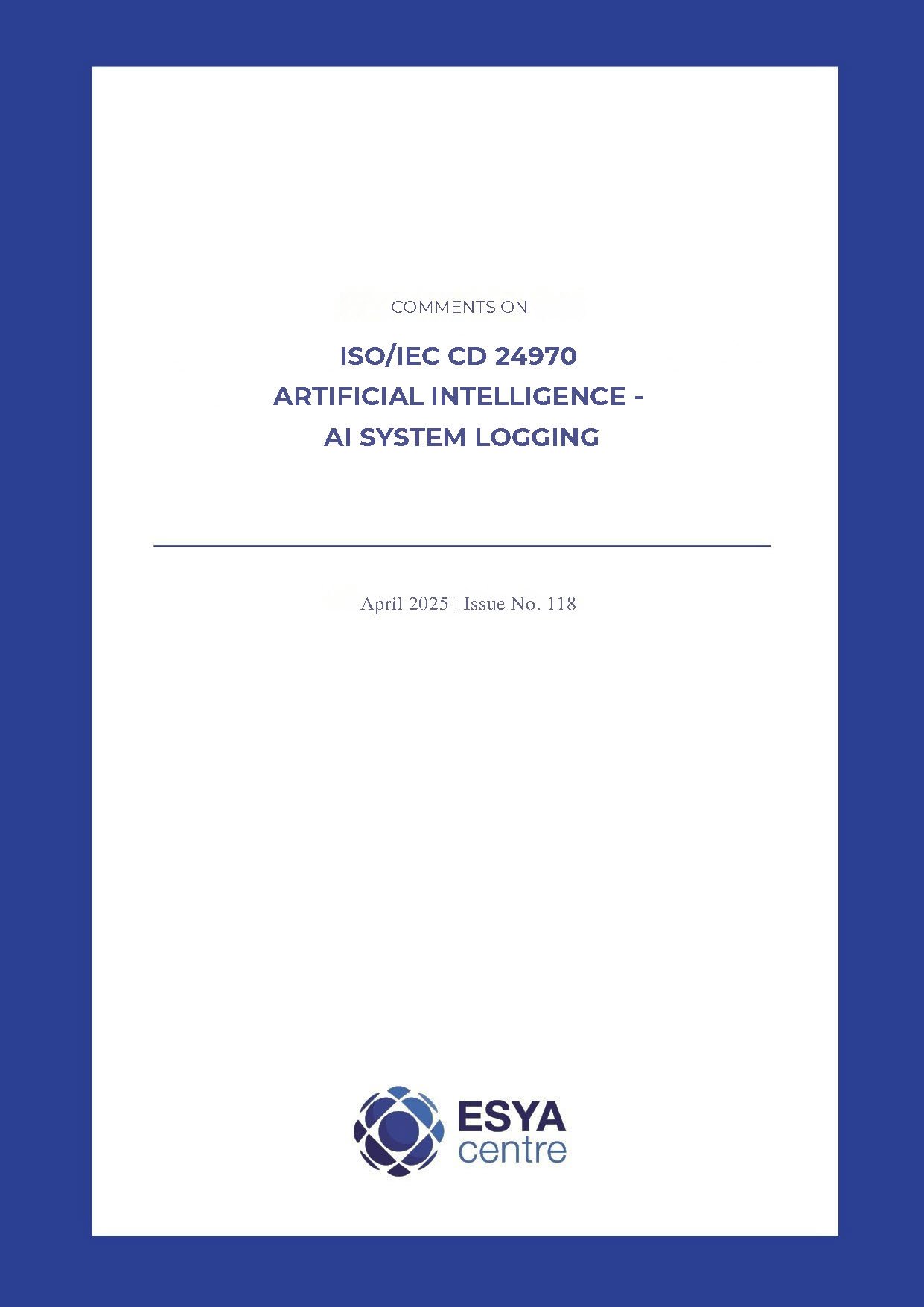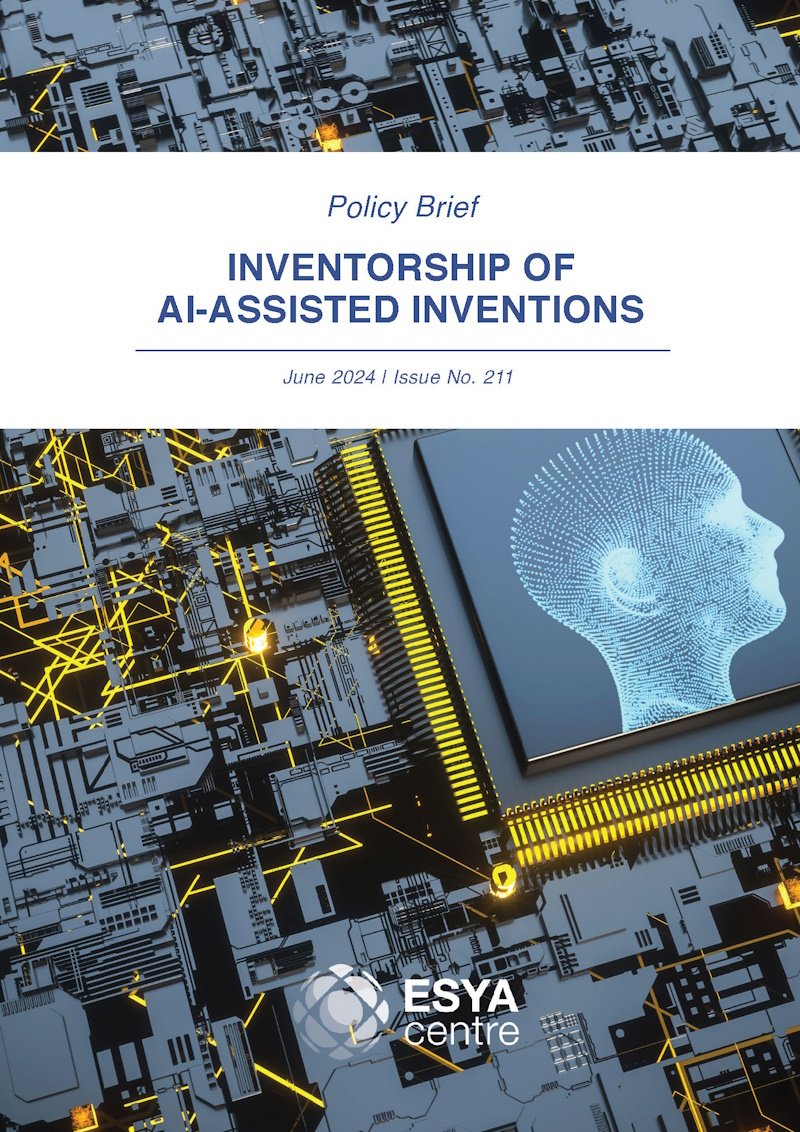Description: We commend ISO/IEC JTC 1/SC 42 for providing guidance related to AI system logging requirements, in furtherance of standards related to AI management systems under ISO/IEC42001:2023. The Esya Centre is pleased to have provided its inputs on the draft standard. While the draft standard's requirements related to AI logging requirements are well-intentioned, if implemented in its current form, it may impose onerous compliance burdens on small and medium-sized enterprises (SMEs). We accordingly recommend changes to certain clauses within the draft standard, to mitigate such an outcome.
Our response is divided into two parts: Part A offers an introduction and summary, while Part B provides a detailed analysis of specific Clauses within the draft standard.
Attribution: : "Comments on ISO/IEC CD 24970 Artificial Intelligence - AI system logging", Issue No. 118, April 2025, Esya Centre.



















